Rock and roll was still young in the 1960s, with a clean slate to write and rewrite the rules. It’s hard to say which is more difficult: breaking new ground without a guide or reinventing the wheel once it has already been perfected. Regardless, here are three non-single rock songs from the 1960s that changed the course of rock history.
Videos by American Songwriter
“Tomorrow Never Knows” by The Beatles
Inspired by the hypnotic feel of Indian classical music, John Lennon wrote “Tomorrow Never Knows”, reflecting his interest in Timothy Leary’s thinking on psychedelics. The final track on Revolver pushed the boundaries of recording techniques, creating what are now industry-standard ways to capture music. The Beatles used EMI’s studio as an instrument, incorporating tape loops and artificial double tracking to create the transcendental vibe of hallucinogens and Eastern philosophy.
Lennon wanted his vocals to echo the sound of monks chanting on a mountaintop. His idea to swing from the ceiling while singing was scrapped for something more practical. To achieve Lennon’s vision, studio engineer Geoff Emerick sent Lennon’s recorded vocal through a rotating speaker. Revolver connected high and low culture and made the rock band an art form.
“Little Wing” by Jimi Hendrix
Jimi Hendrix added another layer to his groundbreaking sound by expanding on the R&B guitar style of Curtis Mayfield. While backing Little Richard, Don Covay, and The Isley Brothers, Hendrix observed Mayfield using fills as connective tissue between chords. Evolving Mayfield’s signature style into his own psychedelic soul.
Although the Jimi Hendrix Experience was known for its furious psychedelia, “Little Wing” offers a tender reprieve from the trio’s fuzzed-out chaos. It inspired Stevie Ray Vaughan, who recorded an iconic cover in 1984. But “Little Wing” also endures in Pearl Jam’s “Yellow Ledbetter” and Red Hot Chili Peppers’ “Under The Bridge”.
“Gimme Shelter” by The Rolling Stones
Keith Richards opens “Gimme Shelter” with a warning. Using his guitar to signal some kind of impending doom before Mick Jagger laments a world in chaos. But global affairs didn’t inspire the track as Richards revealed in his memoir Life. The cataclysmic mood originated elsewhere.
Richards’s then-partner, Anita Pallenberg, was shooting a film with Jagger, and the guitarist was convinced the two were having an affair. However it came to be, “Gimme Shelter” remains a rock and roll masterpiece among non-single songs. If you want to hear the sound of the world weeping, listen to Merry Clayton’s voice crack as she wails about the darkness closing in.
Photo by Evening Standard/Getty Images

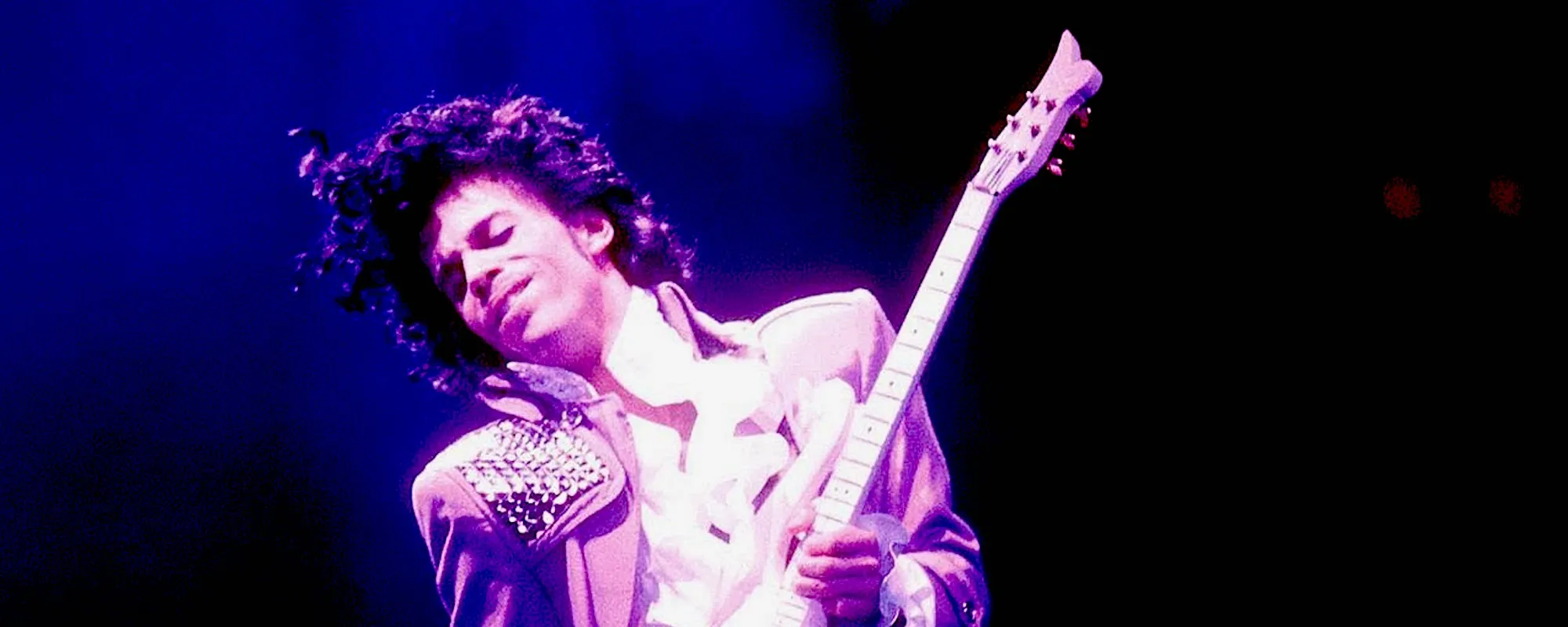
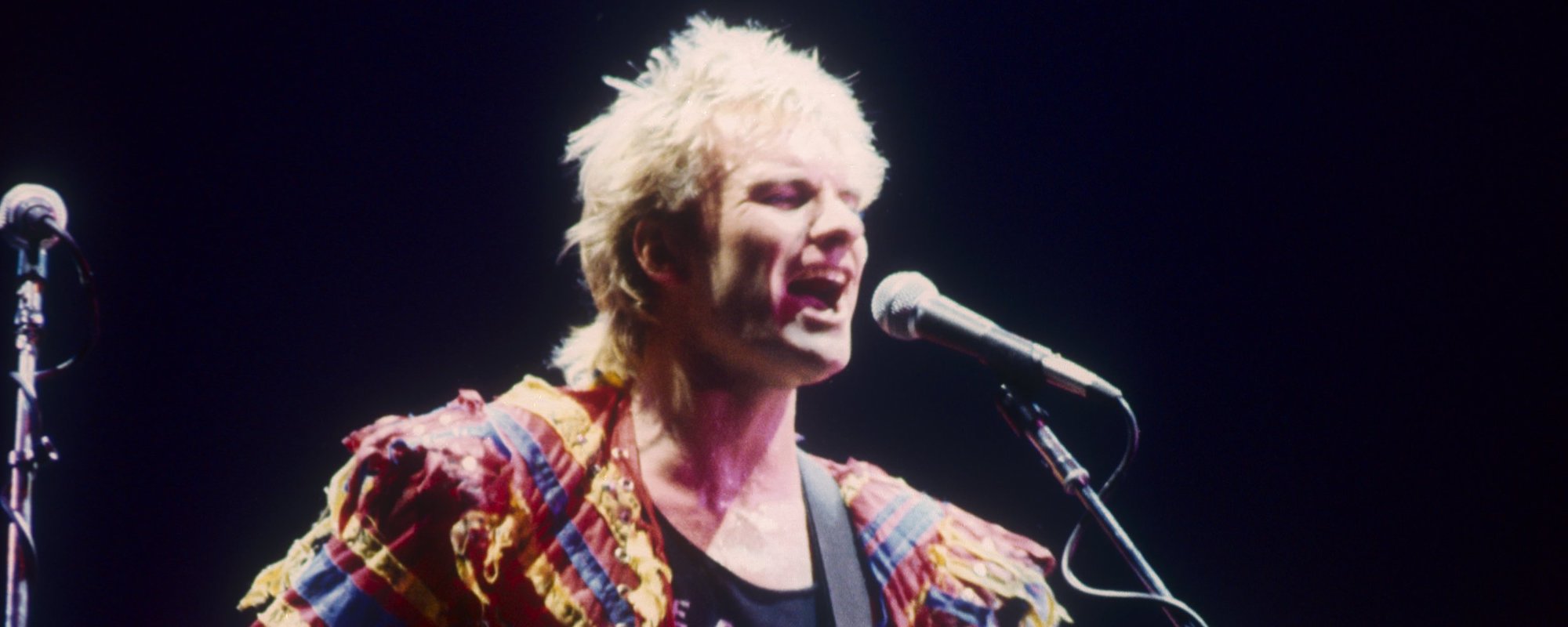

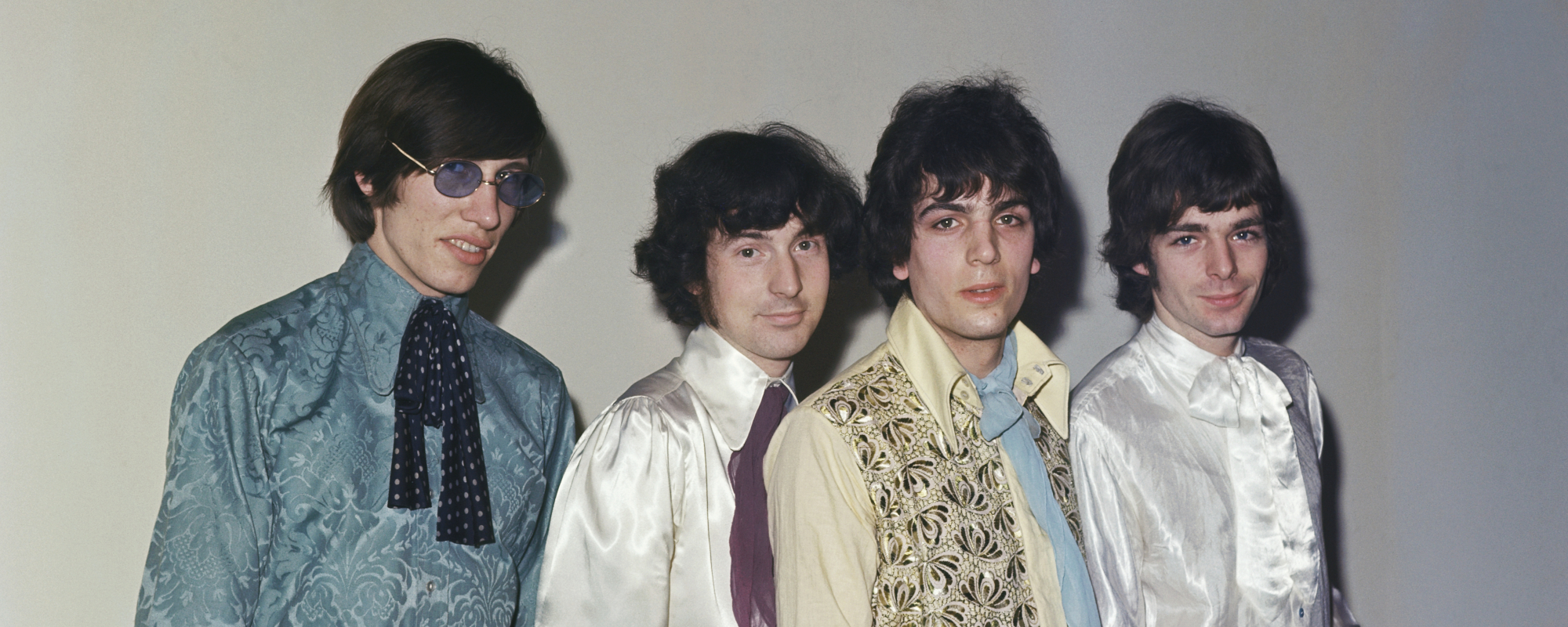
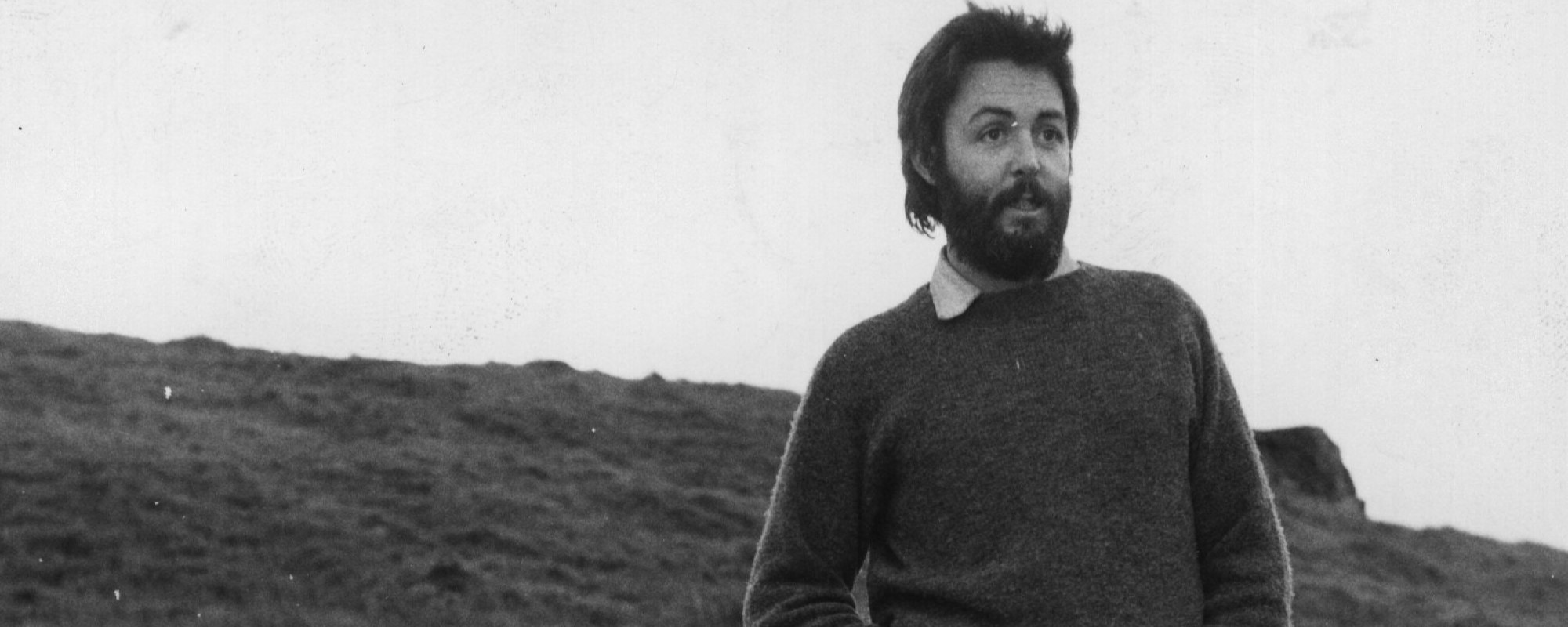
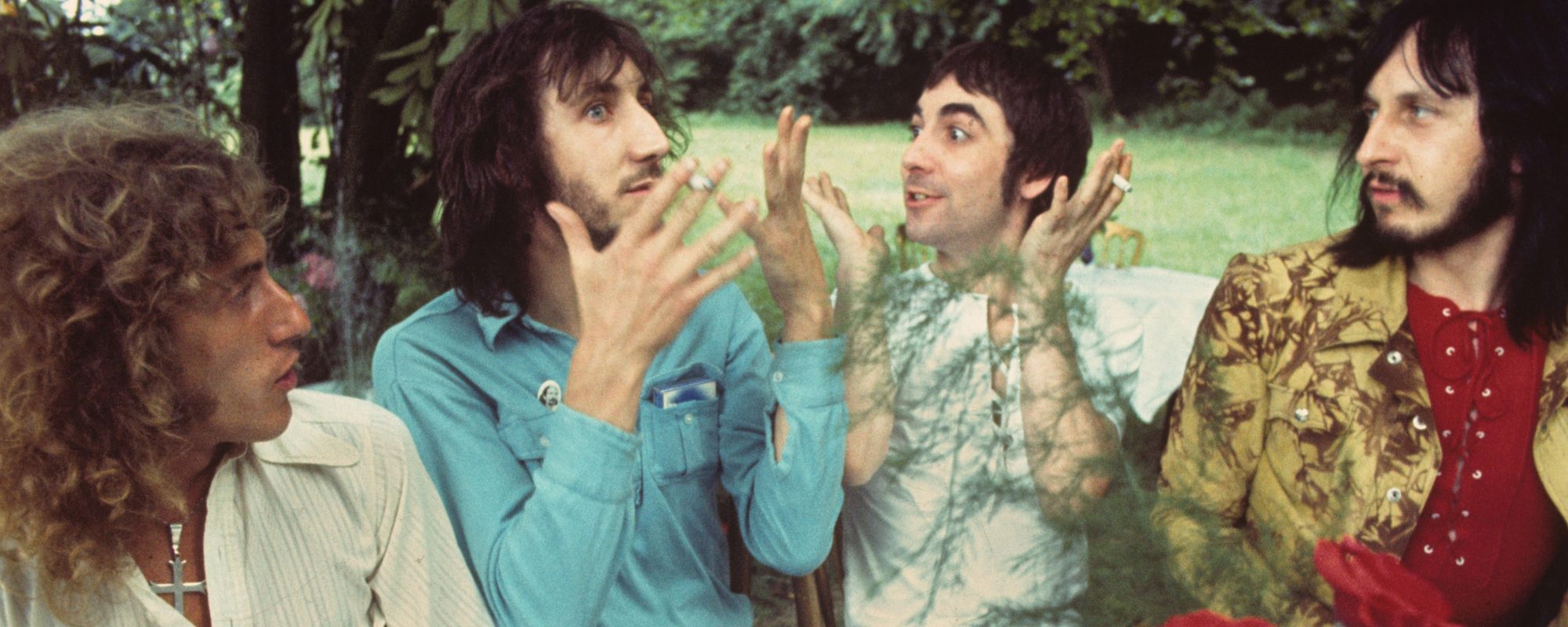
Leave a Reply
Only members can comment. Become a member. Already a member? Log in.